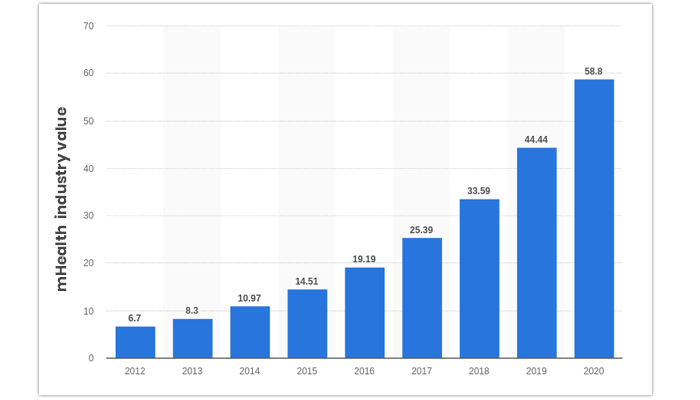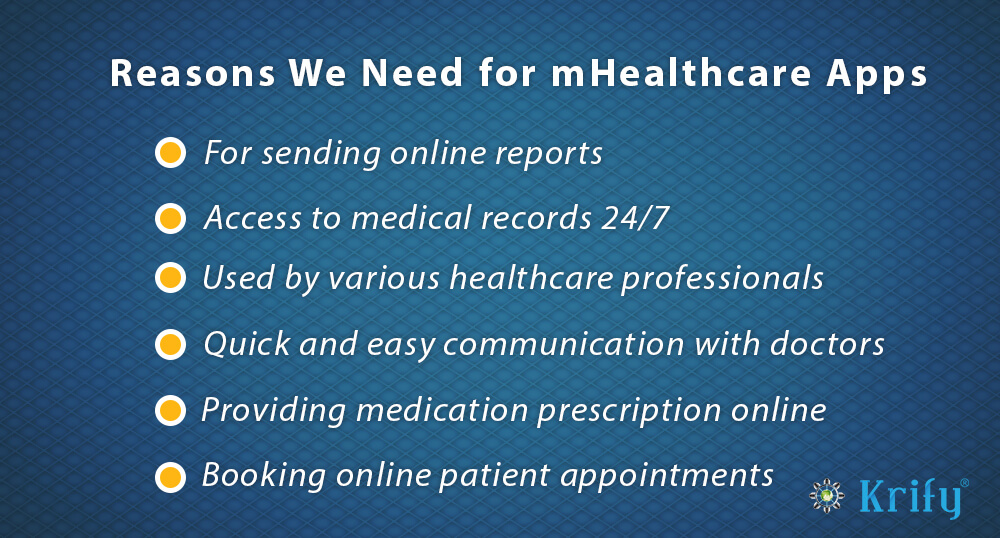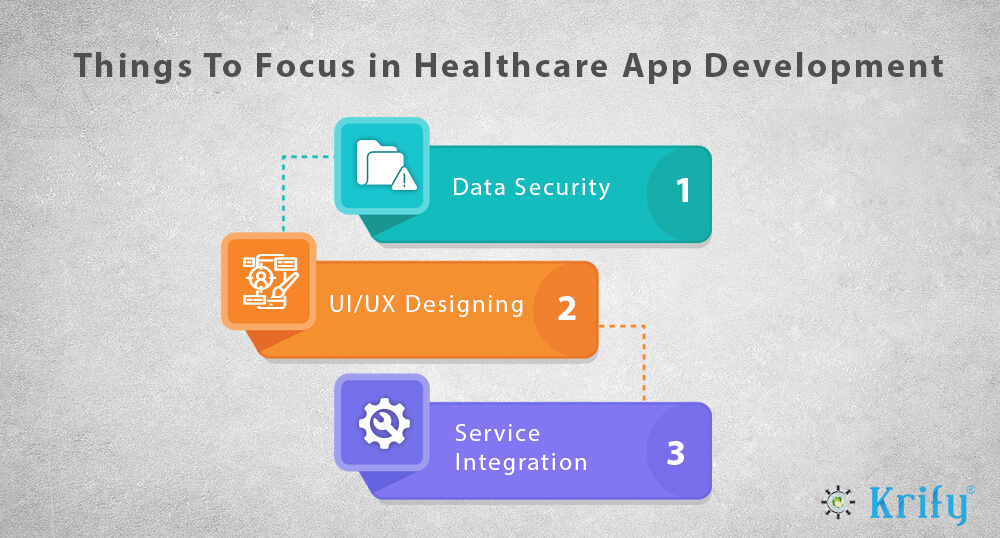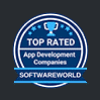In the healthcare industry, digital technologies and mobile devices are widely utilized for Healthcare App Development. mHealthcare App development encompasses various mobile techniques and devices, from tracking user physical activities to managing medical regimes. Users increasingly rely on mobile apps for their healthcare needs. Trending technologies like blockchain and artificial intelligence are also integrated to enhance the benefits of healthcare mobile applications.
But before we go deep into the scenario of developing mhealthcare apps, it’s essential to realise the current market stats. According to Allied market research report, the global mobile health market is predicted to increase at a compound annual growth ratio of more than 33% in the next two years. As per the Statista, in 2018 the worth of mhealth industry was 28.45 billion US dollars, and by 2020 end, the entire mhealthcare app development income will exceed the origin of $58.8 billion US dollars.
Designing and building an effective and efficient mHealthcare app is challenging due to various obstacles faced by web and mobile app developers. Currently, the market is saturated with millions of mHealthcare applications developed by medical healthcare mobile app development companies.
Essential reasons behind the need for mhealthcare apps
Before we get into the mhealthcare app development process, we need to go through the reasons why medical and healthcare mobility solutions are required and what’s their usage:
4 Types of mhealthcare apps
The mhealthcare apps can be further categorised into three main types which are the following:
- EHR and Hospital applications
- Regular healthcare Apps
- Medical software
- Electronic medical record application
Quick Guide for mHealthcare App Development
There are many things to think before you start designing your health app. From a diet app to monitoring app, you have a plethora of alternatives at your disposal. All of these diverse app types will purvey to various demographics. Once you are done which category your app belongs, you need to put a wireframe for it altogether. Wireframes are integral to ensure that the development process ends up going smoothly, and it consists of three primary steps
First off, you want to lay out the basics in a black and white chart. Once you have your app’s basic outline shape, now you can move on to detailed blueprints, which is the mockup phase. Finally, the wireframing process concludes with building a prototype of the app, an internal development version created before the alpha stage.
mHealthcare Development Process
Once you complete the idea phase of mHealth app development and assemble the healthcare app prototype, begin app development. Evaluate how the prototype performed in tests and make necessary changes to address UI issues and bugs.
5 Most Important points to consider while developing mHealthcare App
Here come the top three factors that you need to pay the most heed while developing a mhealthcare application.
-
Data Security: The protection of healthcare records of millions of patients the rules about data security and confidentiality of information are different. The purpose of these data protection is to guarantee the security of patients’ medical information and healthcare records from being managed for different businesses. These rules and regulations will differ from one country to another that further means your mobile healthcare app solutions must obey the laws of those locations where your application is available.
-
UI/UX designing: UI/UX designing for a mhealthcare app development project plays a significant role and so make sure that your medical healthcare app has user-friendly UI/UX that can be easily navigated by the users. The UI should be straightforward and effortless to work.
-
Service Integration: The next most important thing that a mhealthcare app developer requires to concentrate on the app’s association with emergency services and several other relevant services. Service integration is something that appends the value to your mhealth app while assuring most effectiveness. Some of the emergency services that can also be combined with your healthcare and medical app are ICU on wheels and ambulances on call etc. The mhealthcare app owners can even incorporate the option of providing online pharmacies from where patients can fill up their regular medication prescriptions.
Apart from the points mentioned above, you can even focus on app testing as it is a very vital stage in developing mhealthcare app development. The test will let you know more about the responsiveness of mhealthcare app in many adverse situations and use cases.
Post Release
Releasing your mHealth app to the app store doesn’t signify the end of the development process. Now you should keep it updated and roll out fixes continuously. Any app that doesn’t change over time will slowly die, and frequent updates are crucial for the mhealthcare apps for a variety of reasons. For instance, if pharmaceutical companies continuously produce new drugs and medical terms, your app must follow suit to thrive.
Go through our Recent blog: Reasons to renovate your medical and healthcare website
Final Thoughts
In case if you are wondering about designing and developing your mhealthcare application, then you need to begin seeing at some of the top and the best healthcare app development companies in India or UK to hire for your project.
At Krify, we have extensive experience in developing a medical and mhealthcare app, so that you can be benefited immensely from our works. Contact us today for a free quote.











